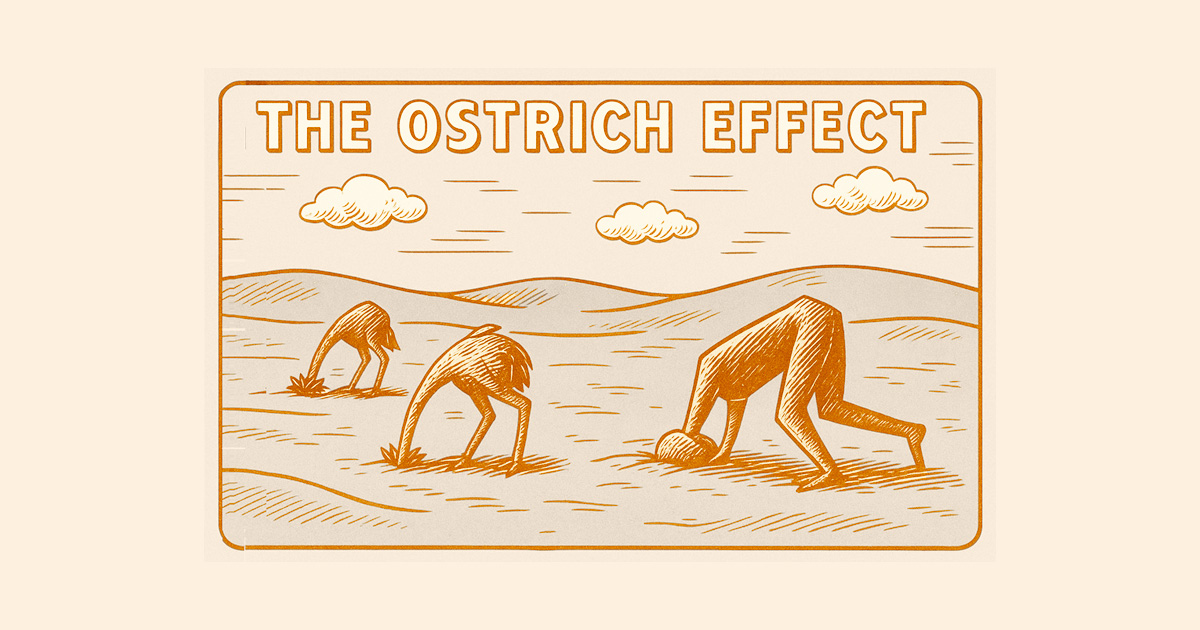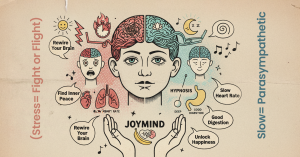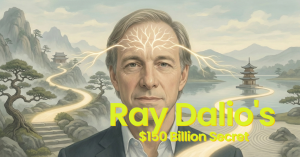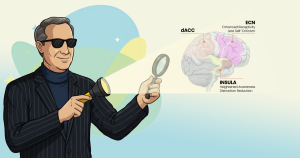When Avoidance Feels Safer
In our information-rich era, it’s paradoxical how often we choose not to look. Whether it’s the unopened letter, the avoided lab results, or the silent weight of conflict in a relationship, there’s a psychological tendency to avert our eyes. This behavior is known as the Ostrich Effect—a cognitive bias where individuals avoid information perceived as negative, distressing, or dissonant to their self-concept (Galai & Sade, 2003).
At Joymind, we understand that avoidance may provide short-term relief but hinders long-term transformation. Like seeds buried beneath winter snow, our pain, fear, and unacknowledged truths lie dormant—until the conditions of growth arrive. We believe that Spring is not just a season but a metaphor for renewal—one that can be harnessed as a post-hypnotic suggestion to awaken the unconscious and initiate healing.
Understanding the Ostrich Effect
The Ostrich Effect manifests in everyday behaviors:
Ignoring financial statements due to fear of debt
Avoiding medical checkups to escape diagnosis
Failing to confront emotional issues in relationships
Withholding self-reflection to protect a fragile self-image
Such avoidance may provide a fleeting sense of peace. However, over time, this psychological suppression becomes costly, leading to anxiety, stagnation, and decision paralysis.
The Shadow and Individuation: Carl Jung’s Perspective
Swiss psychiatrist Carl G. Jung emphasized the process of individuation—becoming whole through the integration of unconscious aspects of the self. Central to this is the confrontation with the shadow, those denied or repressed parts of ourselves that we often prefer not to see.
Jung posited that “one does not become enlightened by imagining figures of light, but by making the darkness conscious” (Jung, 1959). The Ostrich Effect, in this light, is not merely a bias—it is a symbolic resistance to individuation. When individuals avoid difficult truths, they remain fragmented, cut off from their inner potential.
Hypnotherapy: Addressing Skepticism
It’s natural to approach hypnotherapy with skepticism. Popular culture often portrays hypnosis as a loss of control or a theatrical performance. However, clinical hypnotherapy is a well-established therapeutic technique that involves guided relaxation, intense concentration, and focused attention to achieve a heightened state of awareness.
Research has confirmed its value in treating multiple conditions such as stress, anxiety, irritable bowel syndrome, and chronic pain (PositivePsychology.com, n.d.). Hypnotherapy can help individuals access their unconscious mind, allowing them to uncover and address underlying issues contributing to avoidance behaviors.
Joymind’s 3-Step Method: A Pathway to Transformation
At Joymind, we address the Ostrich Effect through our signature 3-Step Transformational Framework:
1. Reveal – Gentle Awareness
Hypnotherapy bypasses the critical conscious mind and invites unconscious material to emerge safely. In this phase, clients often encounter suppressed memories, emotional wounds, or dreams they’ve buried.
2. Reframe – Shadow Integration
Using Neuro-Linguistic Programming (NLP) and depth psychological tools, we help clients reinterpret the meaning of previously distressing experiences. The shadow is not an enemy but a source of power, creativity, and truth.
3. Renew – Post-Hypnotic Activation
We embed positive symbols of rebirth—like the metaphor of Spring—to initiate transformation. This can include sensations of sunlight, budding blossoms, and the return of birdsong, acting as internal cues for emotional resilience and self-renewal.
The Symbolism of Spring in Hypnotherapy
The psychological effects of Spring are scientifically documented. As light returns and temperatures rise, serotonin increases, melatonin decreases, and our moods lift (Randall, 2024). In hypnotherapy sessions, we use Spring as a symbolic bridge:
Melting snow becomes a metaphor for thawing defenses.
Blooming trees represent the unfolding self.
Sunshine cues neural activation of positive affective states.
These images are embedded as post-hypnotic suggestions, creating seasonally-aligned transformation rooted in both biology and symbolism.
Long-Term Benefits of Hypnotherapy
Unlike temporary strategies for self-regulation, hypnotherapy addresses the root causes of avoidance and fragmentation. Over time, clients experience:
Clarity and Calm: By confronting feared material in a safe setting, anxiety diminishes.
Resilience and Integration: Shadow elements are no longer seen as threats but as sources of meaning and strength.
Dream Engagement: Clients often report an increase in meaningful dreams and symbolic imagery—signals from the unconscious that healing is underway.
Synchronicity and Alignment: As internal contradictions dissolve, meaningful coincidences and new opportunities emerge.
Inner Stability: Rather than avoiding life’s challenges, clients face them with courage and clarity, grounded in a deep sense of self.
Embracing Transformation
The Ostrich Effect may be a common response to fear, but we were not born to live with our heads in the sand. Just as Spring follows Winter, we are wired for renewal. Through the practices of depth hypnotherapy, shadow work, and symbolic engagement, clients at Joymind find their way forward—rooted, resilient, and reborn.
References
Galai, D., & Sade, O. (2003). The ‘Ostrich Effect’ and the Relationship between the Liquidity and the Yields of Financial Assets. SSRN Electronic Journal. https://tinyurl.com/hypjoy
Jung, C. G. (1959). Aion: Researches into the Phenomenology of the Self (Collected Works, Vol. 9, Part 2). Princeton University Press. https://amzn.to/4dk9nVr
PositivePsychology.com. (n.d.). Does Hypnotherapy Really Work? 10+ Scientific Findings. Retrieved from https://positivepsychology.com/hypnotherapy/
Randall, P. (2024, October 4). The Science Of Why Spring Makes Us Happy. Worldcrunch. https://tinyurl.com/jmy7rdt2
If you’re intrigued but skeptical about hypnotherapy, we invite you to explore this journey with an open mind. At Joymind, we’re here to guide you through the process, helping you uncover and integrate the parts of yourself that have been hidden, leading to a more authentic and fulfilling life.
















